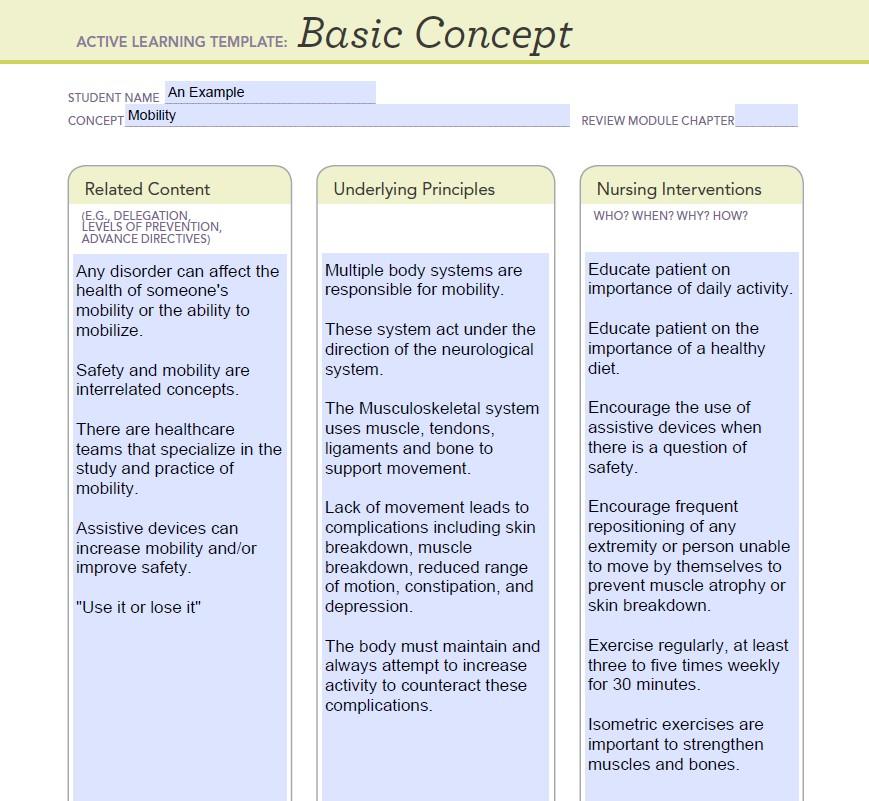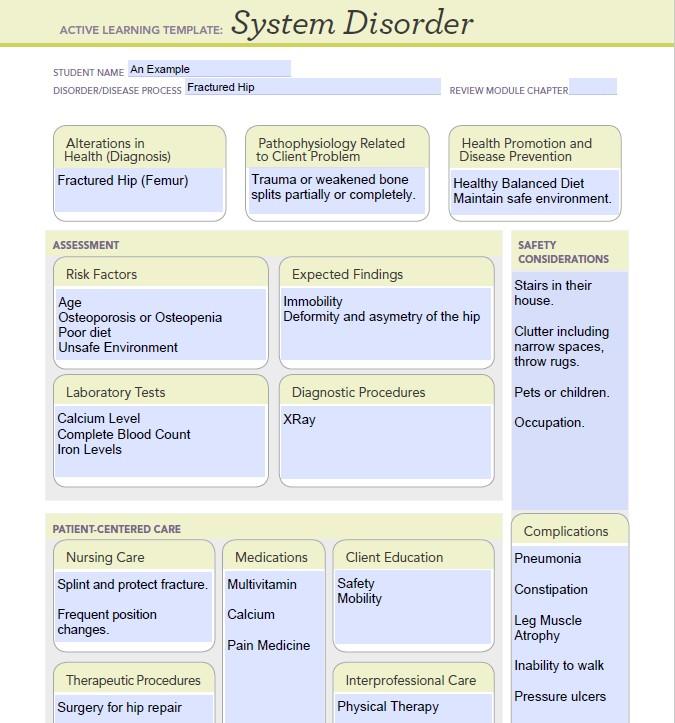There is a notably challenging requirement for all emergency managers and homeland security professionals at all levels and across all sectors—coordinating plans with all potential stakeholders. Prospective partners can range from one incident to the next, but plans and planners must accommodate the needs, interests, and capabilities of all potential contributors so as to create the most comprehensive and integrated plan, policy, or strategy. One might consider such coordination a matter of common sense, but this is often overlooked, at least in part, for various reasons.
Causes might stem from the actions—or lack thereof—of EM/HS team members, external partners, or both. Lethargy; lack of resources such as time, funding, or expertise; lack of interest on any stakeholder’s or planner’s part; lack of understanding the criticality of advance collaboration; or a simple failure to follow up with organizations and individuals upon whom an EM/HS may depend, may each play a part in explaining why collaboration is not fully accomplished. It can also be difficult for individuals at the planner level, or those inexperienced in incident response, to have the vision that is necessary to foresee an assortment of circumstances requiring relationships with agencies and people and their attendant special capabilities.
Stakeholders may include fire, police, emergency services, and community leadership. Providers of public services, including public utilities, school leadership and networks, city engineers, and others, are also probably key players to consult. However, threats, conditions, hazards, limitations, geography, climate, and many other factors also combine to create the need for tailored planning, which will probably require special relationships. In other words, there is no one-size-fits-all template to employ for identifying, developing and nurturing requisite partnerships.
Advance coordination—that is, developing relationships, sharing information, and understanding the various contributors’ capabilities before you need them for managing emergencies—is essential. Knowing what specific skills, resources, and capacities entities can bring to bear in preventing or responding to crises allows planners to incorporate these capabilities into strategies, plans, and exercises. This knowledge also aids leaders and resource managers in identifying gaps in capacity, which will need filling somehow. At the same time, once an incident occurs or seems immediately likely, the ability to contact vital participants to literally assemble and join the active response effort makes for an optimally efficient and effective endeavor.
What type of information is coordinated? Everything from listing points-of-contact and their current, tested contact information to knowing what special skills an organization or individual might have. For example, if the community believes that certain hazardous materials are a threat, say by accidental spill or if used in a weapon, the EM/HS planners should determine whether the local hospital personnel are trained, equipped, and able to perform chemical, biological, or radioactive decontamination. The planners’ motive for determining this is knowing whether the hospital staff’s abilities may be degraded if personnel are exposed to unknown substances or the facility become contaminated. If decontamination is a skill that has not been trained for, if equipment and supplies are not available, or if it is considered too remote a threat to spend time on, planners may identify and liaise with a different hospital for select crises.
Yet, as mentioned above, the vision that is required to establish comprehensive and integrated strategies and plans can be elusive. Gathering myriad prospective partners together can assist in identifying vulnerabilities, allaying fears, clearing up confusion, establishing a functional baseline for all responders, etc. Note the lessons from the following real world illustration:
A small western town is home to several prisons. Trains carrying—among other things—chemical corrosives, travel close enough to the prisons that a spill might require a prison’s evacuation. This scenario had been planned for and exercised by EM/HS and other stakeholders, yet the prison planners had not been consulted when that plans were being developed. When the many partners were together one day, quarreling about timelines and priorities during such a scenario, a local police officer calmly asked the prison officials, “Where will you evacuate the prisoners to?” The official responded, “To the high school.” The police officer replied, “Have you mentioned this to the high school’s folks?” The answer was no, and there were no high school representatives at the meeting. The police officer and many others did not believe that prisoners being transported to schools that could be in session or hosting year-round activities presented security concerns. This idea hadn’t been thought of, yet one person’s casual question had identified an enormous gap in a specific plan.
Your assignment for this unit requires you to continue employing your selected real world county (using the pseudonym, but focusing on their real world conditions). In completing the requirements, you may consult members of the actual county EM/HS team to get insight into specific partners and capabilities that they rely on and with whom they develop relationships. You may also read their actual plans and strategies and determine how rigorously they have coordinated with external partners.
In a 7 page detailed outline, you will do the following:
- List and describe fully your selected county’s central strategy or plan. These are often emergency operations plans with various subordinate annexes and appendices, but because plan designs can vary widely by community, research and report your county’s version.
- Note that your county will probably have other plans as well, such as a school evacuation plan or a pandemic influenza response plan. You are free to mention and describe these as well.
- List and fully describe 7–10 of your selected county’s core stakeholders that it includes (or should include) in its most central plan.
- Core stakeholders include entities that you would reasonably expect any or all counties to coordinate with.
- In selecting and describing these, provide depth in explaining the following:
- Rationale as to why the relationship between EM/HS and the organization or individual does or should exist
- How specifically coordination and collaboration benefits the EM/HS and each of the external core partners
- At least three ways that these core relationships will provide the most comprehensive and integrated preparedness and incident response and promote information sharing specifically
- List and fully describe five of your selected county’s unique stakeholders that it includes (or should include) in its most central plan.
- Unique stakeholders include entities that you would reasonably expect this specific county to coordinate with. (An example is the prison’s officials in the scenario described earlier.)
- In selecting and describing these, provide depth in explaining the following:
- Rationale as to why the relationship between EM/HS and the stakeholder organization or individual does or should exist
- How specifically coordination and collaboration benefits the EM/HS and each of the external unique partners
- At least three ways that these unique relationships will provide the most comprehensive and integrated preparedness and incident response and promote information sharing specifically
- List and describe fully at least three methods for conducting coordination sessions for partners to attend.
- Include tactics on how to elicit robust participation.
- Describe measures that the EM/HS team might use to encourage vibrant and productive discussions.
- Describe what baseline information the county should provide to prospective partners to elicit optimal contributions. (An example might be defining what vulnerabilities are, demonstrating a risk analysis, or brainstorming as to what threats and hazards exist in the county, and how they should be prioritized.)
- List and describe at least two tactics that the EM/HS team does or might employ to gain viable cooperation from potentially recalcitrant partners.
- Mention any last lessons you’ve learned while working on this assignment, or advice that you would give the county’s team to aid in their writing or improving their core plan.
Be sure to reference all sources using APA style.



